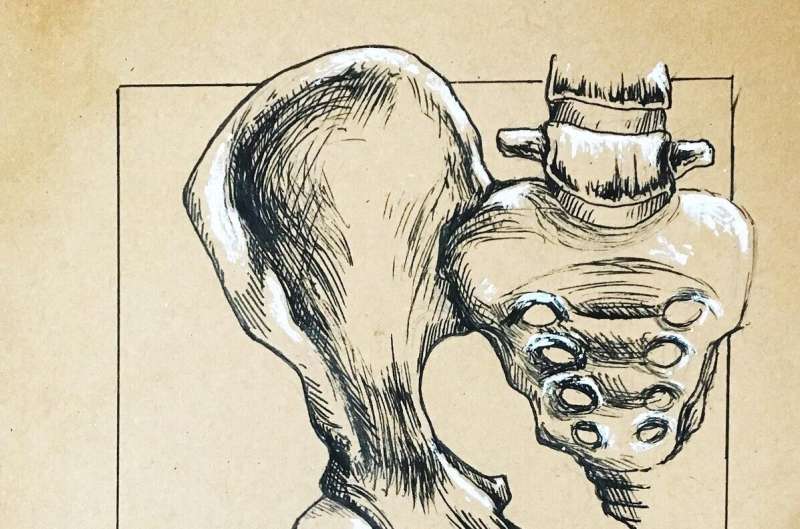Pelvic Floor Exercises for Active Women to Prevent Exercise-Related Symptoms

Discover how targeted pelvic floor exercises can help active women prevent exercise-related symptoms, improve core stability, and support overall pelvic health.
Are you an active woman who regularly participates in workouts or sports? An important aspect often overlooked is the health of your pelvic floor muscles. These muscles form a supportive hammock from the front of your pelvis to your tailbone, encasing vital organs like the bladder, vagina, and rectum. Their primary functions include controlling urination and bowel movements, supporting sexual health, and maintaining core stability.
Engaging in sports and high-impact exercises such as running, jumping, lifting, or contact sports places significant stress on the pelvic floor. Without proper conditioning, this strain can lead to pelvic floor dysfunction, which may manifest as urinary or fecal leakage, a sensation of heaviness, pain during sex, or even visible prolapse.
Research indicates that pelvic floor issues are surprisingly common, especially among female athletes. For instance, a 2024 study on female rugby players found that over 60% experienced symptoms severe enough to affect their performance and daily life, often requiring therapy or specialized support. These symptoms tend to worsen with activities that increase intra-abdominal pressure or repetitive strain.
Fortunately, targeted pelvic floor training can strengthen these muscles, improve coordination, and increase resilience. Regular exercises, such as imagining holding in wind, squeezing the urethra, and lifting the vagina, help build muscle strength effectively. Incorporating these routines into your regular workout or recovery days can significantly reduce the risk of dysfunction and support overall pelvic health.
Training the pelvic floor is especially beneficial for women involved in endurance sports or those experiencing or at risk of pelvic organ prolapse. Strengthening these muscles helps mitigate symptoms, improve function, and promote quicker recovery after childbirth. Remember, just like your abs or glutes, your pelvic floor requires consistent attention.
So, next time you exercise, include pelvic floor exercises in your routine. Strong pelvic muscles contribute to better performance, injury prevention, and overall well-being. Taking care of your pelvic health today ensures long-term benefits for your active lifestyle.
Source: [https://medicalxpress.com/news/2025-07-pelvic-floor-women-symptoms.html]
Stay Updated with Mia's Feed
Get the latest health & wellness insights delivered straight to your inbox.
Related Articles
Enhancing Running Benefits by Incorporating Sprints into Your Routine
Discover how adding short sprint intervals to your regular jog can significantly enhance cardiovascular health, metabolic function, and overall fitness in less time. Learn practical tips to start incorporating intervals into your running routine.
Running with a Stroller May Reduce Impact and Injury Risk for Runners
Recent research indicates that running with a stroller can lower impact forces on the legs, potentially reducing injury risk for active parents. The study explores biomechanical changes and safety considerations for stroller runners.
Personalized Workouts Based on Your Personality for Better Motivation and Results
Discover how tailoring workouts to your personality traits can boost motivation, enhance enjoyment, and reduce stress, leading to better health outcomes and a more sustainable fitness journey.



